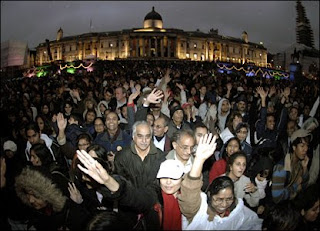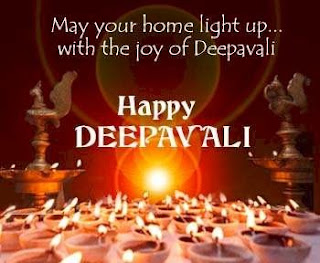
All over the nation, Diwali is celebrated for five days. The first day is known as Dhanteras or Diwali Trayodasi. The second day is known as Narak Chaudas. Popularly, it is known as Choti Diwali. The third day is the actual celebration of Diwali. The fourth day is the day of Govardhan pooja, dedicated to the worship of Mount Govardhan and the fifth day is enjoyed as Bhai Dooj that is the day for brothers and sisters. So, there is some history associated with each of the day
The celebration of Dhanteras initiated with the well known history of Diwali. It is believed that Lord Dhanvantrari had appeared when the ocean of milk was churned by both the gods and demons for 'amrit'.

This Lord Dhanvantari was the incarnation of Lord Vishnu and a form of ayurvedic medicine. The Lord proved beneficial for mankind. A famous Diwali history for the celebration of Narakachaudashi is related to a demon called Naraksura who was killed by the Lord Krishna. The demon had imprisoned about sixteen thousand daughters and other women of gods and saints in his harem. He had also defeated Lord Indra in one of the battles and snatched the earrings of mother Goddess Aditi. So, after he was killed people and women were relieved and they enjoyed the day as Narak Chaudasi.

The Day of Diwali-the third day is celebrated as the return of Lord Rama. He was crowned the King of Ayodhya. Hence, people lit rows of diyas and there were aerial fireworks too. Another Diwali history relates to the worship of Mount Govardhan on the fourth day. Lord Krishna lifted the mountain in order to save people from the thunder and rain sent by Lord Indra.

0 comments:
Post a Comment